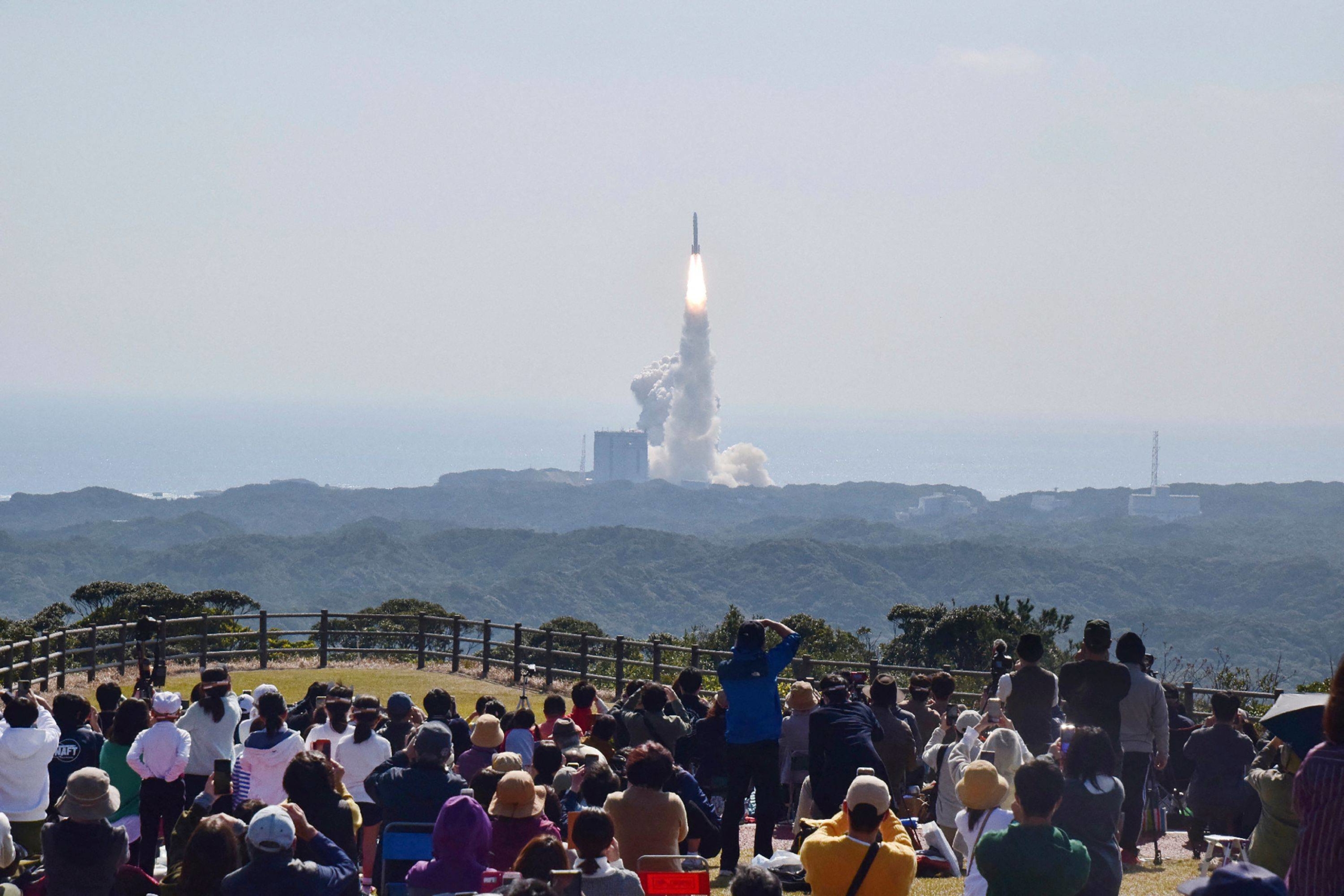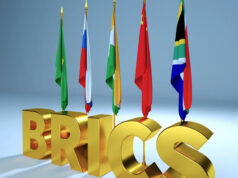Japanese rocket second launch failure clouds space strategy outlook

Japan’s failure to launch its new flagship H3 rocket at the second attempt on Tuesday casts a long shadow over its strategy to increase its presence in the increasingly competitive fields of satellite launching and space exploration. Now Japan seems to be way behind China, India and USA.
Considerable time may be needed to get to the bottom of the disastrous outcome, in which the rocket’s second-stage engine failed to ignite and was ordered to self-destruct minutes after lift-off at the Tanegashima Space Centre in Kagoshima Prefecture.
At a panel meeting of the Ministry of Education, Culture, Sports, Science and Technology on Wednesday, the Japan Aerospace Exploration Agency reported that the second-stage engine likely did not ignite due to an abnormality in the power system but that it is “investigating” the precise cause of the failure of the country’s first H3 rocket.
The failure was a shock to the agency as it had assumed the biggest challenge for the H3 rocket would be the main first-stage engine. Concerns over this led to a two-year delay in the launch.
The H3 rocket, successor to the reliable H2A rocket and the first revamp of the agency’s main launch vehicle in around 20 years, adopted a simplified first-stage engine with fewer parts than its predecessor.
The design strategy is aimed at helping reduce prices for its launch services.
The failed launch Tuesday follows a previous launch attempt on Feb. 17 that was aborted moments before blastoff due to malfunctioning electrical equipment.
Some government sources said the second attempt may have been carried out in haste, with the agency facing a March 10 deadline for its launch window.
For maiden launches of rockets, other countries usually mount a dummy in view of failure risks. But the latest H3 rocket carried the government’s Advanced Land Observing Satellite-3, which was expected to become a key disaster management tool for the Japanese government.
“The agency may have had no choice but to mount a real satellite to make up for the delay” in its development, said Kazuto Suzuki, professor at the Graduate School of Public Policy at the University of Tokyo. An expert in space policy, he is a member of the government’s Committee on National Space Policy.
The government not only expects the H3 rocket to give the country a foothold in the increasingly competitive satellite launching business but is also counting on its use for security purposes.
The importance of monitoring North Korea from the air has increased with Pyongyang repeatedly test-firing ballistic missiles, government officials said.
The failed rocket carried a sensor currently under development from the Defense Ministry’s acquisition agency that is capable of detecting two types of infrared rays. The sensor’s ability to pick up ballistic missile launches was due to be tested.
According to the government’s basic plan on space policy, multiple launches of H3 rockets are scheduled from fiscal 2023 onward, including for putting into orbit a quasi-zenith satellite to provide precise global positioning system services and a new unmanned cargo transporter.
The transporter is intended to deliver supplies and materials to the International Space Station and Gateway, a lunar-orbiting outpost planned under the U.S.-led Artemis space program.
“There are pending launches, creating a sort of congestion. This situation highly likely pressured the agency,” Suzuki said.
Among the scheduled launches of the H3 rocket, one of particular importance is a planned mission to send a probe to explore the moons of Mars, set for fiscal 2024. Missing this timing raises the risk of Japan falling behind other countries in the plan.
“It is undesirable for a satellite to be left behind waiting to be launched because the rocket is not ready. There is a need to consider the option of using a foreign-made rocket,” Suzuki said.
At around ¥5 billion ($36 million), the cost of an H3 rocket launch is around half of its predecessor’s, and its payload is 1.3 times larger.
Global competition has intensified since innovative U.S. firm SpaceX, which boasts a strong track record in rocket launches, entered the market. Now infact ISRO of India is already way ahead in commercial launching.
Japan hopes to increase orders for satellite launches from domestic and international clients by promoting the 97.8% success rate of the H2A rocket, which only failed once in 46 launches since its introduction in 2001.




